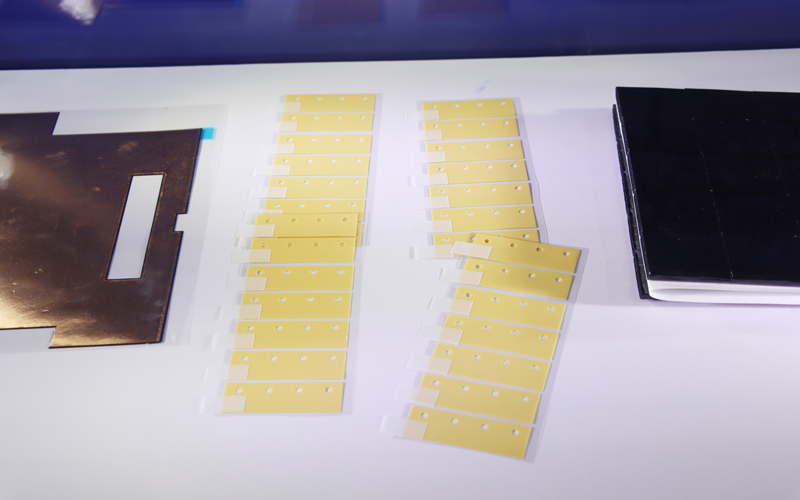What are Thermal Pads?
- Posted on:2023-08-15 14:27:00
- Source:AOK Thermal Pad Manufacturer Company News
Thermal pads, also known as thermal interface pads or TIMs (thermal interface materials), are soft, compressible pads used in electronic devices to facilitate heat transfer between components. They are typically made of silicone or other thermally conductive materials.
The primary purpose of thermal pads is to provide a gap-filling interface between a heat-generating component, such as a microprocessor or a graphics card, and a heatsink or heat spreader. These pads help improve thermal conductivity and ensure efficient heat dissipation from the component to the cooling solution.
Thermal pads work by conforming to the uneven surfaces of the component and the heatsink, filling in microscopic imperfections and air gaps. When pressure is applied, the pad compresses, allowing for better thermal contact and reducing the thermal resistance between the two surfaces. This helps transfer heat more effectively, preventing overheating and potential damage to electronic components.
Compared to other thermal interface materials like thermal paste or thermal adhesive, thermal pads offer certain advantages. They are non-conductive, electrically insulating, and do not require curing or drying time. They are also reusable and can be easily removed and replaced when needed.
Thermal pads come in various thicknesses and sizes to accommodate different applications and components. It's important to choose a pad with appropriate thermal conductivity and thickness based on the specific requirements of the electronic device to ensure optimal heat dissipation.
If you would like to learn more about AOK performance thermal materials, please visit our website at www.aok-technologies.com


